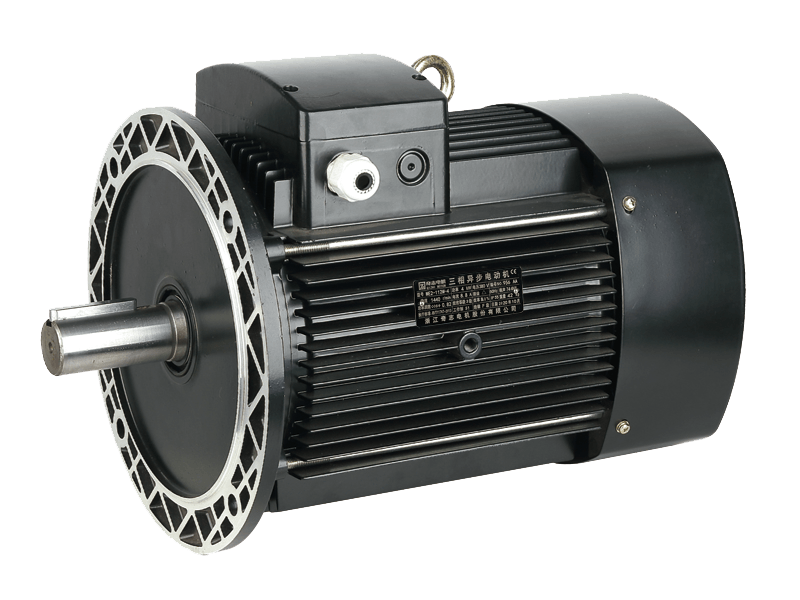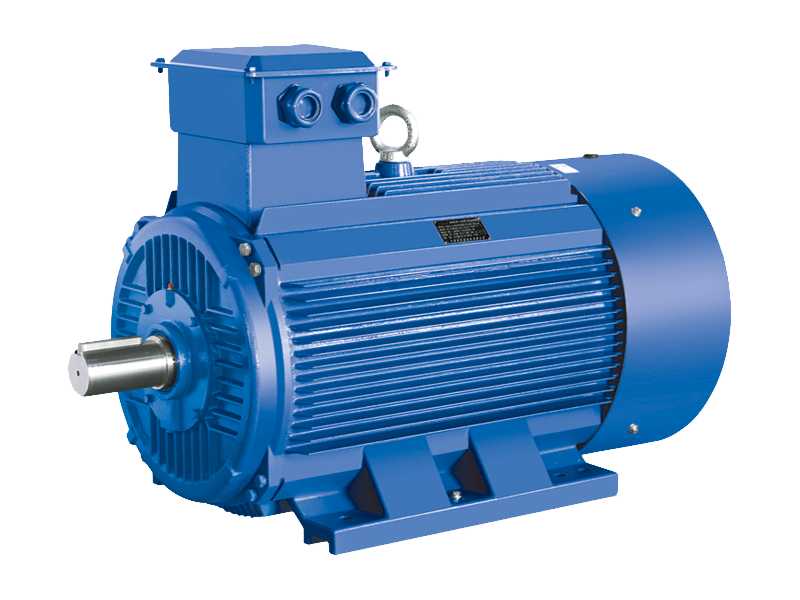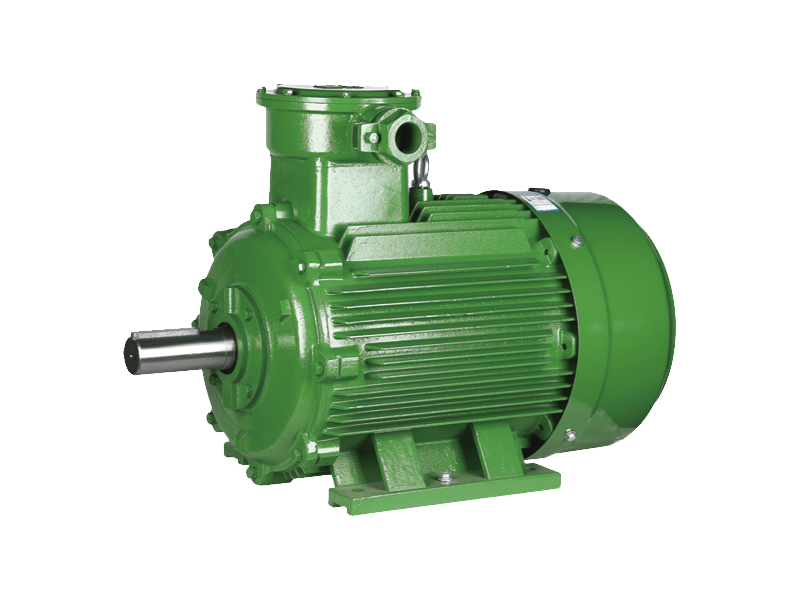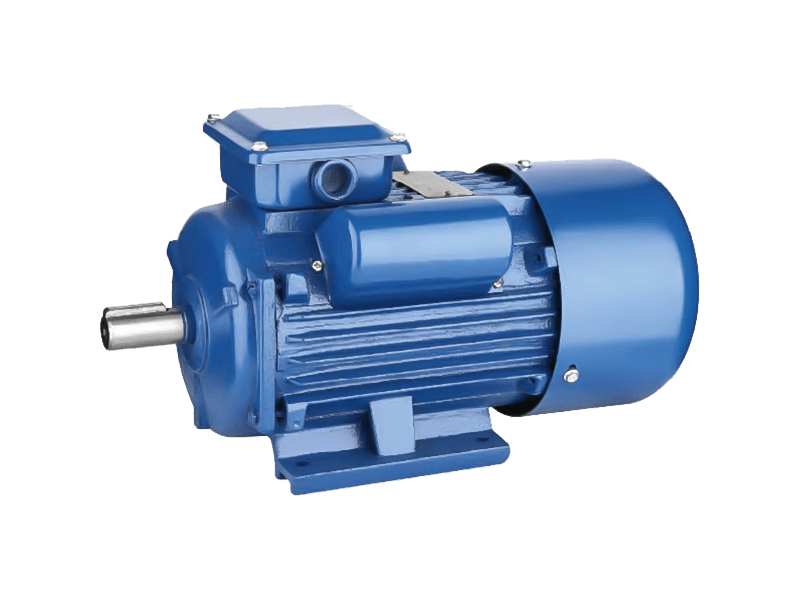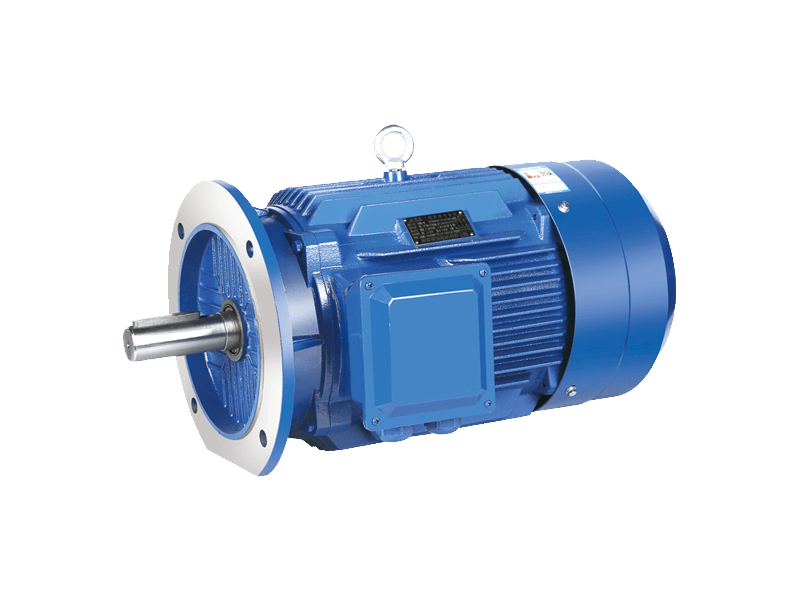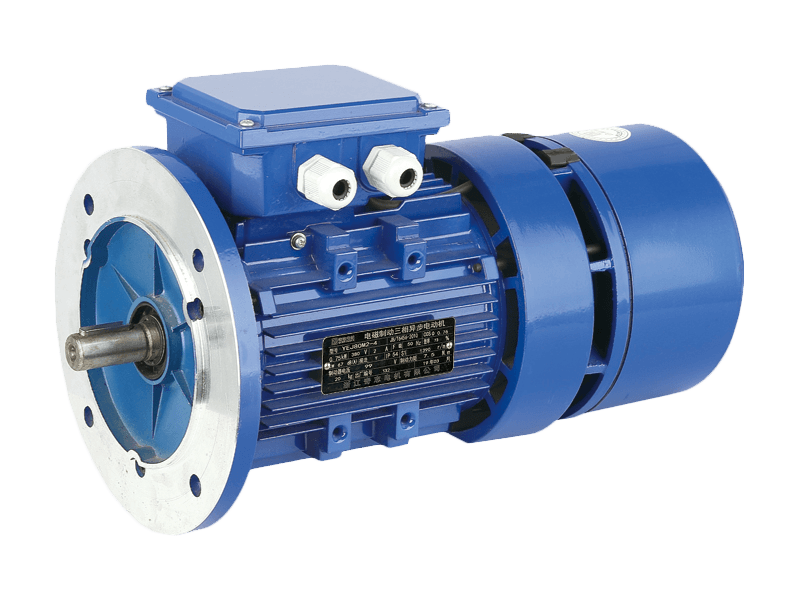The global industrial sector continues to adapt to evolving energy efficiency standards with the widespread adoption of the IE2 motor classification. These motors represent an important benchmark in electrical motor efficiency, offering improved performance characteristics compared to previous designs. The implementation of IE2 motor technology reflects a broader industry shift toward energy-conscious manufacturing and operational practices. Manufacturers across multiple sectors are increasingly specifying IE2 motor equipment for new installations and replacement projects, recognizing the long-term benefits of enhanced efficiency.
The technical specifications defining an IE2 motor establish clear parameters for energy performance in three-phase induction motors. The engineering behind an IE2 motor typically involves optimized electromagnetic designs, reduced losses, and improved thermal management. The construction quality of an IE2 motor directly influences its ability to maintain efficiency ratings throughout its operational lifespan. Proper installation and maintenance of an IE2 motor ensures consistent performance and improves the return on investment through energy savings. These technical considerations make the IE2 motor an attractive option for facilities seeking to reduce operational costs.
Industrial applications for IE2 motor technology span numerous sectors and use cases. Manufacturing plants utilize IE2 motor systems to power conveyor belts, pumps, compressors, and various production machinery. The commercial building sector employs IE2 motor technology in heating, ventilation, and air conditioning systems to reduce energy consumption. Water treatment facilities implement IE2 motor equipment for pumping stations and processing systems where continuous operation makes efficiency particularly valuable. The versatility of IE2 motor designs allows integration into both new equipment and retrofit applications.
The operational characteristics of IE2 motor equipment demonstrate notable advantages in energy consumption patterns. Facilities utilizing IE2 motor technology typically observe reduced electricity usage compared to operations using less efficient alternatives. The thermal performance of an IE2 motor often contributes to extended service life through reduced operating temperatures. The power factor characteristics of IE2 motor designs can provide additional benefits in certain electrical distribution systems. These operational advantages make the IE2 motor a practical choice for cost-conscious operations management.
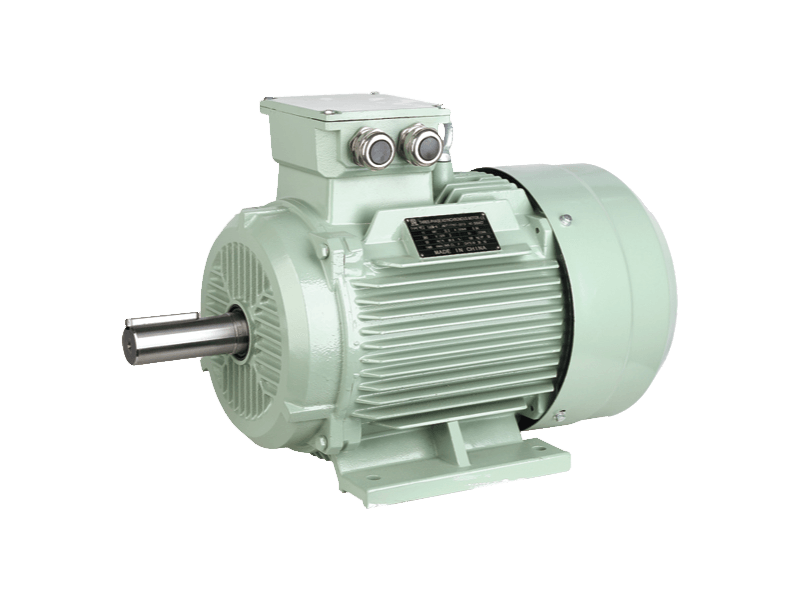
Market availability of IE2 motor products has expanded significantly as manufacturers respond to global efficiency standards. The current supply chain for IE2 motor equipment includes various frame sizes and power ratings to meet diverse application requirements. The competitive marketplace for IE2 motor products encourages continued innovation while maintaining affordability. The service network supporting IE2 motor installations has developed expertise in proper installation and maintenance procedures. These market conditions facilitate the ongoing transition toward higher efficiency motor technologies.
Regulatory frameworks in many regions have established IE2 motor efficiency as a small requirement for many industrial applications. These standards typically specify testing methods and performance thresholds for IE2 motor classifications. Compliance documentation for IE2 motor equipment provides assurance that products meet established efficiency criteria. The enforcement mechanisms for IE2 motor standards help maintain market consistency and protect against substandard products. These regulatory aspects support the legitimate implementation of IE2 motor technology across international markets.
Future developments in motor technology continue to build upon the foundation established by IE2 motor standards. Research initiatives explore materials and designs that could further improve efficiency beyond current IE2 motor capabilities. As global energy considerations continue to evolve, the principles embodied in IE2 motor standards will likely inform subsequent generations of efficient motor design.
